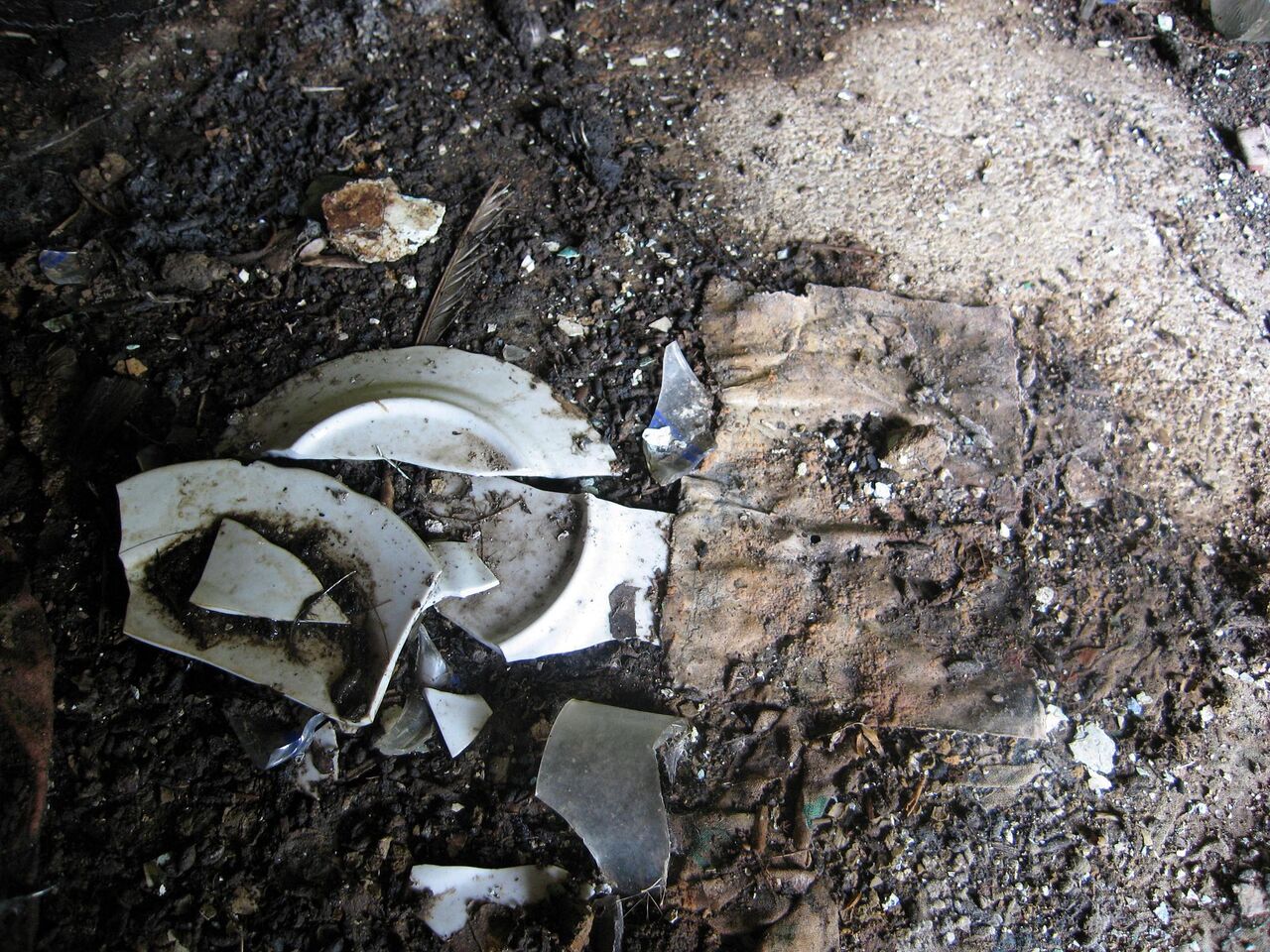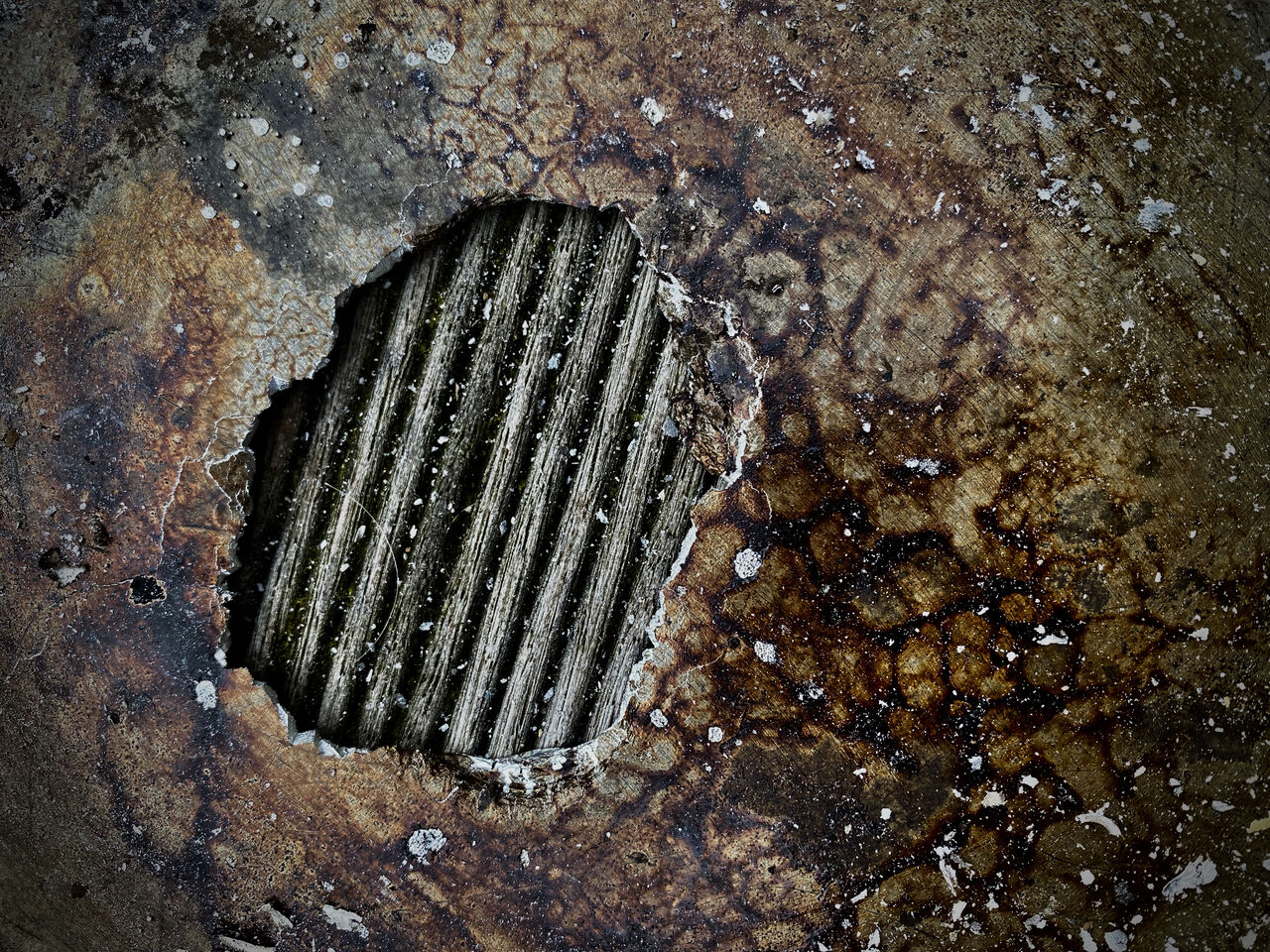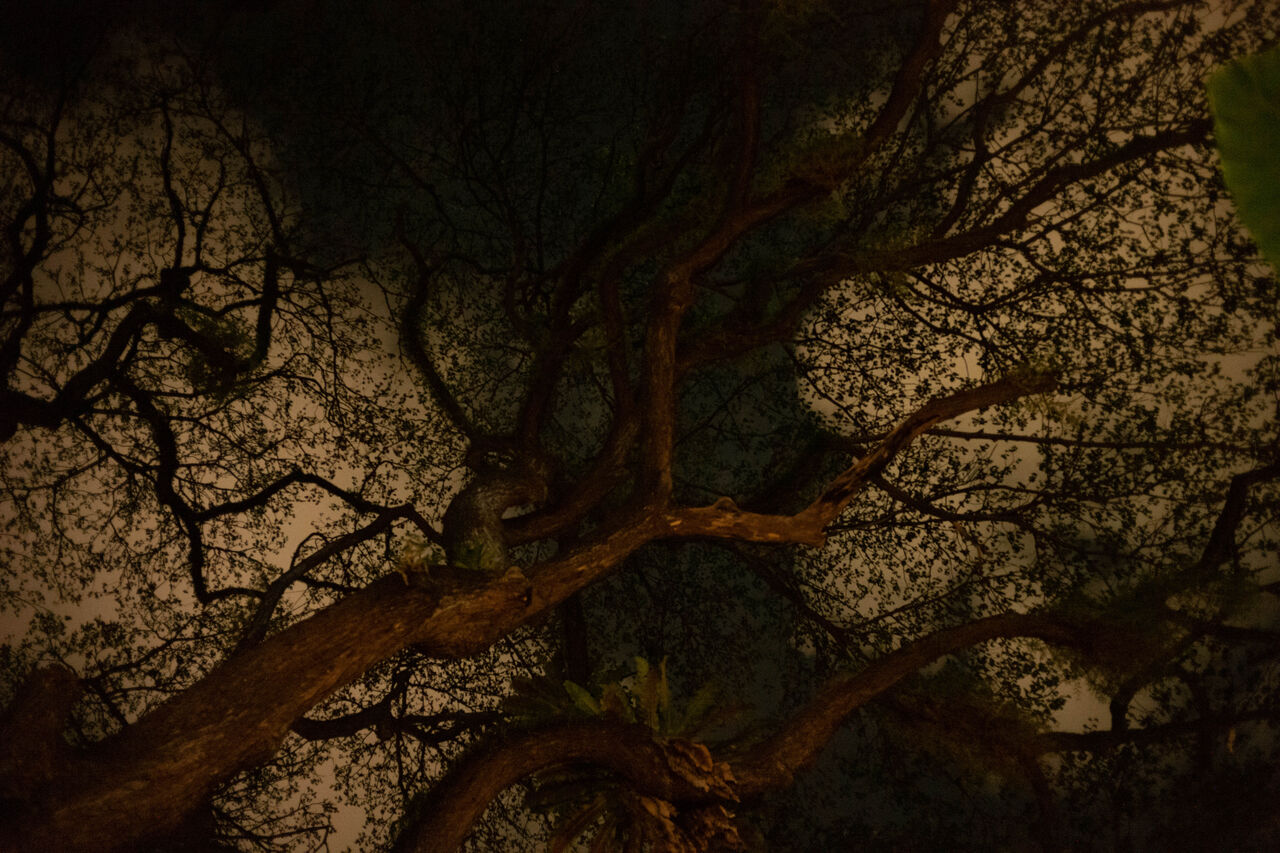Seeing Just as It Is
Noticing in a noisy, impermanent world.
With excerpts from Dust & Shadow Reader #2, exploring ways to attune to the Earth and its inhabitants.

Noticing a place, person (human or otherwise), or even one’s own being calls for an open, receptive state of mind. It is an effortless yet fragile state, attentive but easily shattered by distraction; focused on the present moment, yet providing a broad perspective. One way to attain this state is through the practice of meditation.
By reducing the volume of ceaseless chatter about the world, meditation helps the practitioner engage in and with the world. It enables you to observe a situation with clarity, seeing it just as it is, unclouded by wants and fears, prejudice or judgement. This can be especially valuable in moments of crisis or when facing circumstances beyond your control. It can deepen the appreciation of life, in all its impermanent shapes and forms, from the scent of tea to the majesty of a time-worn canyon, or the craftsmanship of a well-designed building.

Meditation is an exercise in pausing, in recognising the imperative of a pause to transform instinctive reaction into considered response. Attuning to a situation before intervening. For many, this equanimous noticing gives rise to raw compassion. A direct experience of being with and feeling with the world as porous and permeable, without a clear boundary between interior and exterior.

Quieting down and remaining still animates attention to phenomena that are too quiet, too big or small, too quick or slow to notice while busying oneself with the preoccupations of the everyday. An ant carrying food to its nest. The hesitant silence of a child. The gradual accumulation of a landfill. A dead leaf performing its last dance on a chilly breeze. When the only thing to do is do nothing at all, the world reveals itself in all its intricate details. The textures of sound, colours, patterns, scents, and movements become clearer, vivid, and animate.

While meditation is usually trained in stillness, the meditative state is accessible at any speed and in the noisiest environments imaginable. Landscapes and cityscapes become sacred mandalas, aligning the rhythms of the body with the lay of the land. Noticing the interaction between the soles of the feet and the sharp angles of rocks or sidewalks. Following the adjustment of bones and muscles while changing posture in response to the slipperiness of sand or oil slicks.
Meditating while engaging with the world is an experiment in focused unfocusing. Attending to an experience without prioritising anything. This isn’t always pleasant. You could be noticing a destructive landslide, a polluted stream clogged by plastic, an overcrowded city. While your instincts might overflow with the impulses of fear or rage, actions compelled by meditative experiences can be response-able and incorporating different perspectives.
Meditation alone will not save the world, but it suggests how to to engage with the world by attuning to its impermanence.

🍂